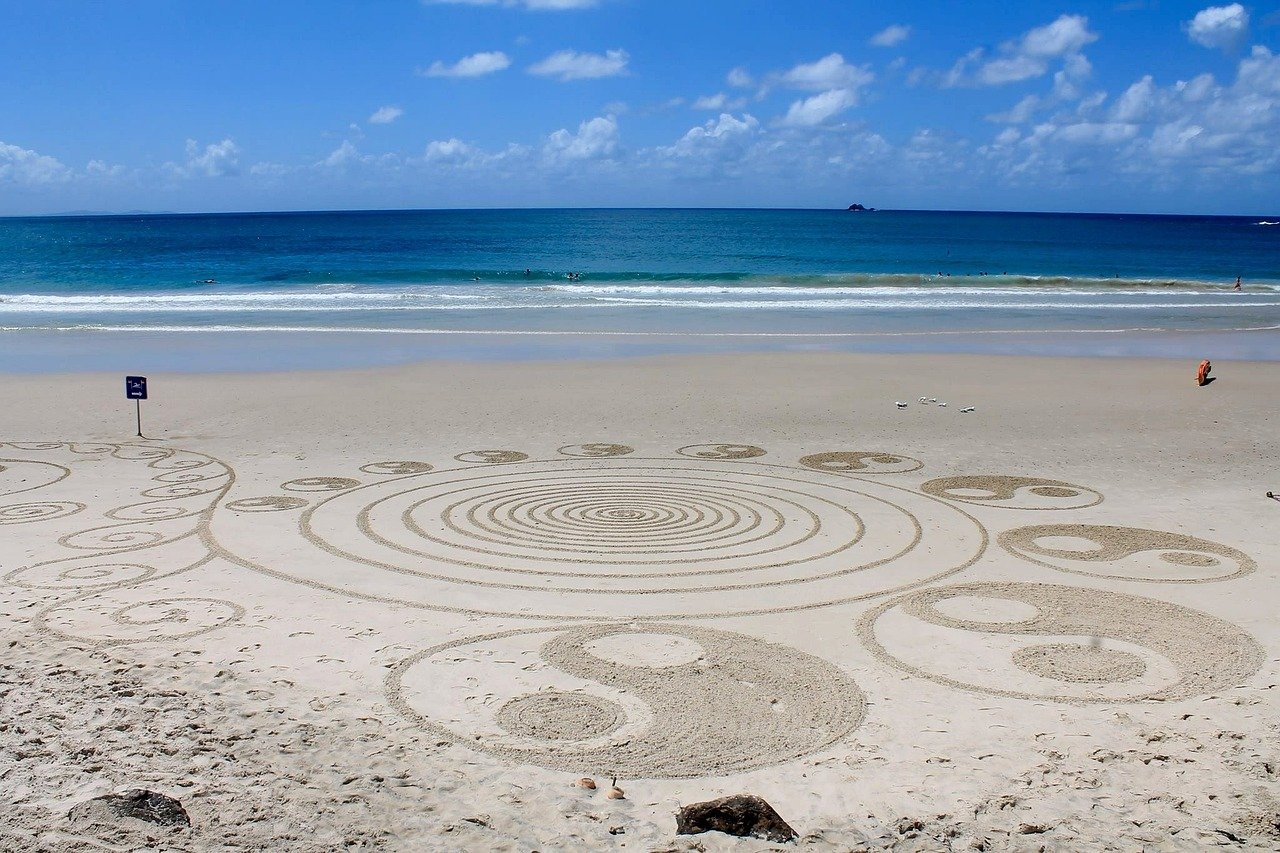Indigenous Art Gains Global Recognition: New Exhibitions Abroad

With its intricate symbols, ancestral storytelling, and bold visual language, Australian Indigenous art is taking centre stage on the global scene. From Paris to New York and Tokyo, new exhibitions are elevating the voices of Aboriginal and Torres Strait Islander artists, forging cross-cultural dialogues and challenging long-held misconceptions.
From Desert Canvases to International Galleries
Once confined to regional centres and anthropological archives, Indigenous art is now commanding space in major galleries abroad. The recent exhibition “Songlines: Tracking the Seven Sisters”, which toured the UK and Europe throughout 2024, drew record crowds and critical acclaim.
“It was breathtaking,” said French curator Lucille Garnier of the Musée du Quai Branly in Paris. “This art is not just visual — it is spiritual, ecological, historical. It tells stories that the West is only beginning to understand.”
At the heart of these exhibitions is a profound connection to Country — the land, waterways, and skies — embodied in centuries-old techniques, passed down through generations. The use of ochre pigments, dot painting, cross-hatching (rarrk), and bark canvases has transcended the borders of Australia and now educates international audiences about the oldest living culture on Earth.
Key Exhibitions Abroad in 2025
- “Voices of the Ancestors” – National Museum of Japan, Tokyo: A landmark collaboration between Yolŋu artists and Japanese curators exploring kinship through sculpture, music, and digital installation.
- “First Light: Dreaming in Colour” – Tate Modern, London: Featuring over 80 works from artists such as Emily Kame Kngwarreye, Rover Thomas, and contemporary talents like Kaylene Whiskey.
- “Red Earth, Blue Sky” – The Met, New York: An immersive journey through Arrernte and Martu painting traditions, with an augmented reality companion app offering dreamtime interpretations in multiple languages.
Cultural Diplomacy Through Art
The Australian government has increasingly recognised the diplomatic power of Indigenous art. Through initiatives such as the International Cultural Diplomacy Program and partnerships with the Department of Foreign Affairs and Trade (DFAT), First Nations artists are becoming ambassadors of cultural resilience and creativity.
“We are not just exporting art — we are exporting identity,” said Linda Burney, Minister for Indigenous Australians. “These exhibitions open doors to truth-telling, understanding, and healing.”
Australian embassies have also begun commissioning Indigenous works to be displayed in diplomatic missions globally. In Berlin, a large-scale mural by Pitjantjatjara artist Betty Muffler now adorns the courtyard of the Australian embassy, symbolising connection and reconciliation.
The Role of Technology in Global Reach
Digitisation and virtual reality have also expanded the accessibility of Indigenous art. The National Gallery of Australia’s online collection now features high-resolution, interactive exhibits with voice narration in multiple Aboriginal languages.
Moreover, platforms such as the Indigenous Art Code and Art Centres Online provide global buyers with ethical access to original artworks, ensuring proceeds return to communities.
“Technology should never replace ceremony, but it can amplify the message,” says artist and activist Dr. Christian Thompson. “It allows us to reach the next generation of storytellers around the world.”
Challenges of Representation and Ownership
Despite the growing recognition, the global art scene still grapples with issues of cultural appropriation, misattribution, and exploitation. The resale of fake “Aboriginal-style” art remains a billion-dollar industry, prompting calls for stronger legal protections under international copyright law.
Additionally, some elders have expressed concern about sacred stories being taken out of context or displayed without proper permission. As a result, curators and museums are increasingly adopting community consultation protocols and hiring Indigenous cultural advisors.
“Respect must come before representation,” says Yorta Yorta curator Hannah Donnelly. “Art is sacred. It's not just paint on canvas — it’s law, ceremony, memory.”
Youth and the Contemporary Movement
A new wave of young artists is reshaping how Indigenous culture is portrayed globally. Blending traditional themes with modern mediums — from animation and street art to fashion and NFTs — they are attracting younger, more diverse audiences abroad.
Artists like Ryhia Dank, who combines graphic design with Gudanji/Wakaja storytelling, and Kaylene Whiskey, whose pop-culture-infused canvases are featured in galleries from Los Angeles to Seoul, are at the forefront of this evolving movement.
Economic Empowerment Through Art
The international market for Indigenous art now exceeds $500 million annually, providing income streams for hundreds of remote communities. Art centres in places like Ernabella (SA), Papunya (NT), and Roebourne (WA) not only preserve culture but offer jobs, education, and pathways to independence.
However, ethical trade remains essential. Buyers are encouraged to look for certified works, ensuring fair pay and cultural ownership remain with the artists.
Looking Ahead
With more exhibitions planned in Berlin, Cape Town, and São Paulo in 2026, the global appetite for Indigenous Australian art shows no sign of slowing. But with this recognition comes responsibility — to protect, contextualise, and honour the custodians of the world’s oldest continuous artistic tradition.
“Our stories have always been here,” says Pitjantjatjara artist Betty Muffler. “Now the world is listening.”